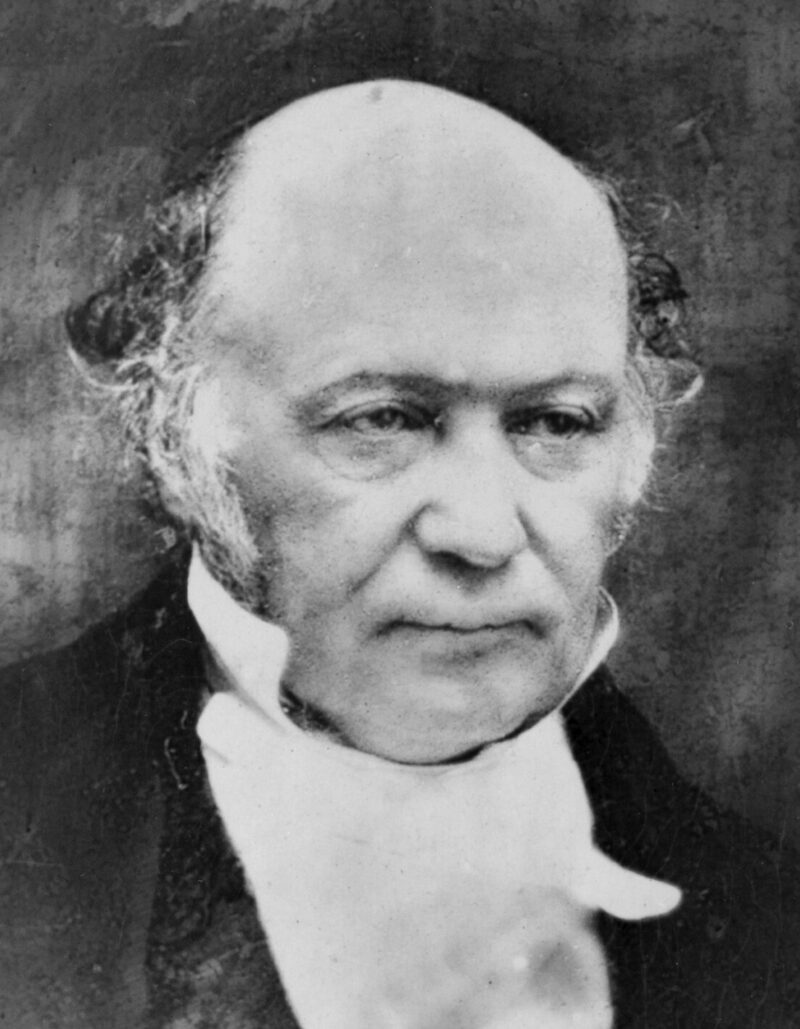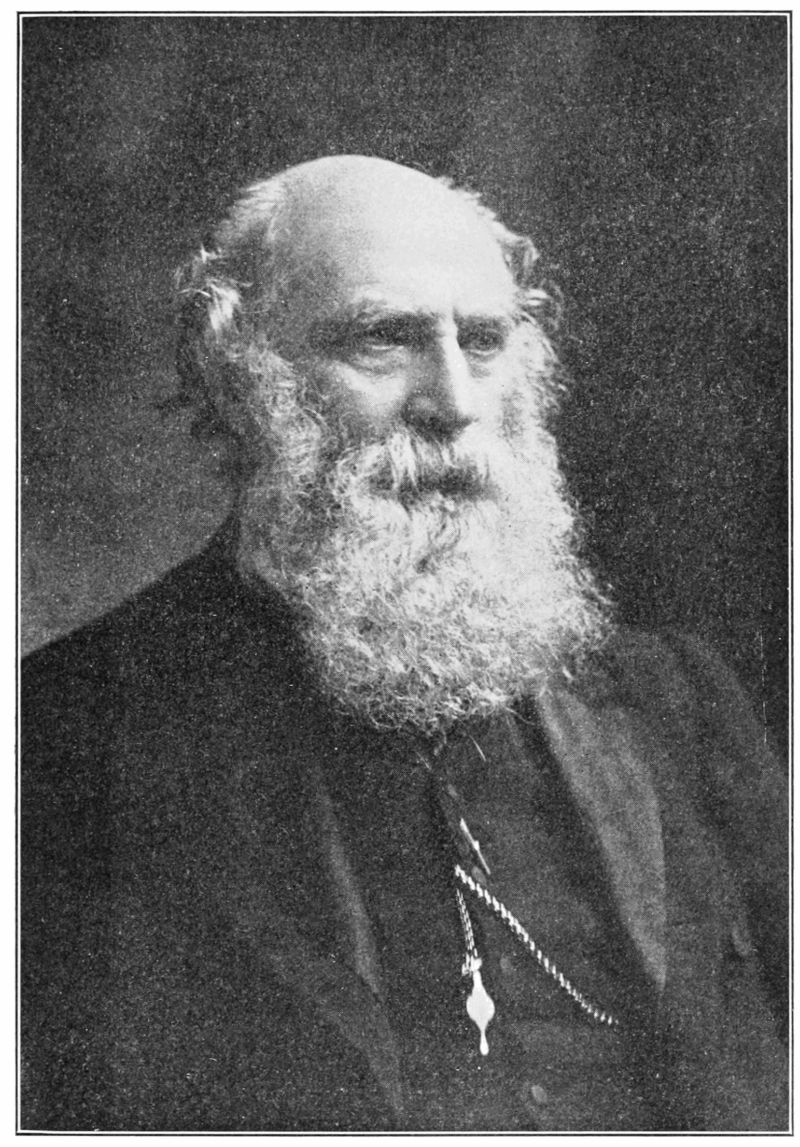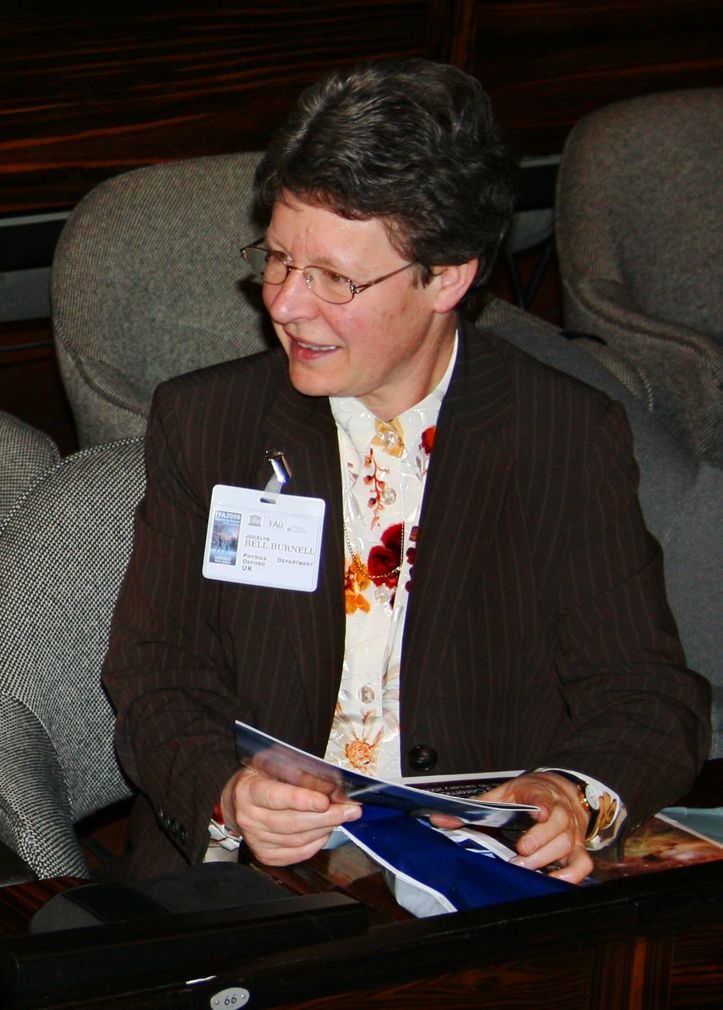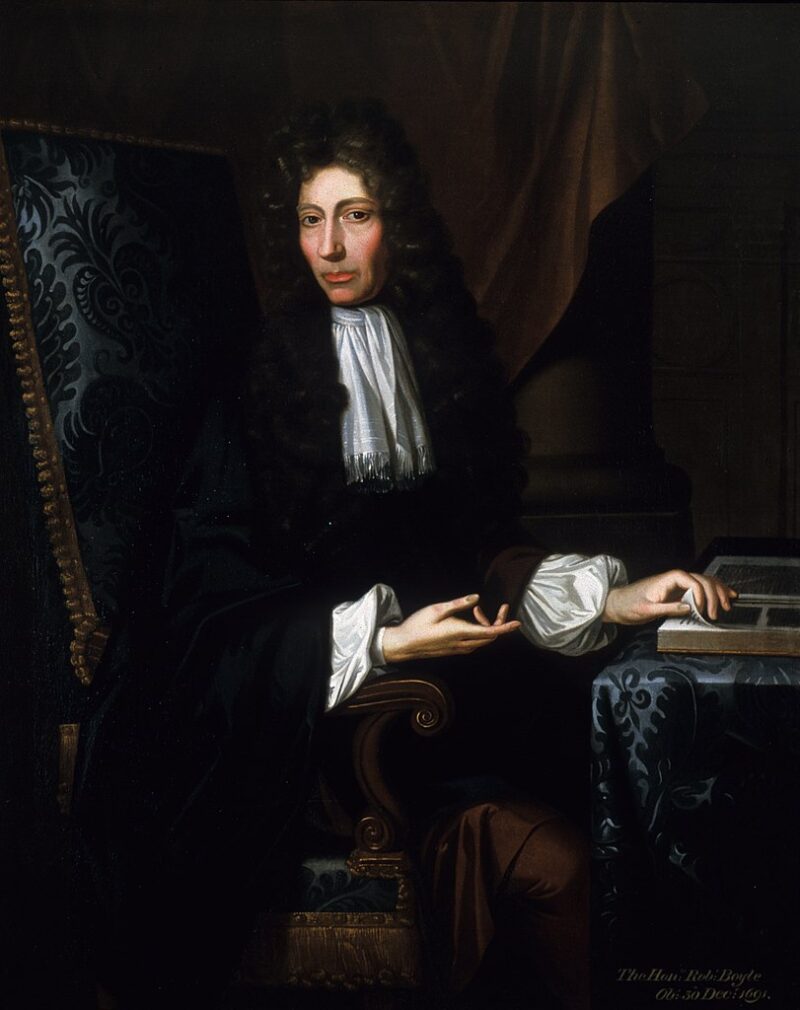Contributions of Irish scientists to various fields of study can’t be ignored. They have left an indelible mark in various fields of study such as physics, medicine and health, environmental science and sustainability, among others.
Irish scientists have contributed significantly to science, making us understand the natural world. They have also made important contributions to understanding and addressing some of the most pressing environmental challenges of today.
Irish scientists have as well played a crucial role in advancing medical and health research, improving our grasp of the human body and extending a hand to developing medical treatments in order to save lives.
Read on to meet some of the most notable Irish scientists.
Things you'll find in this article
8 Most Notable Irish Scientists
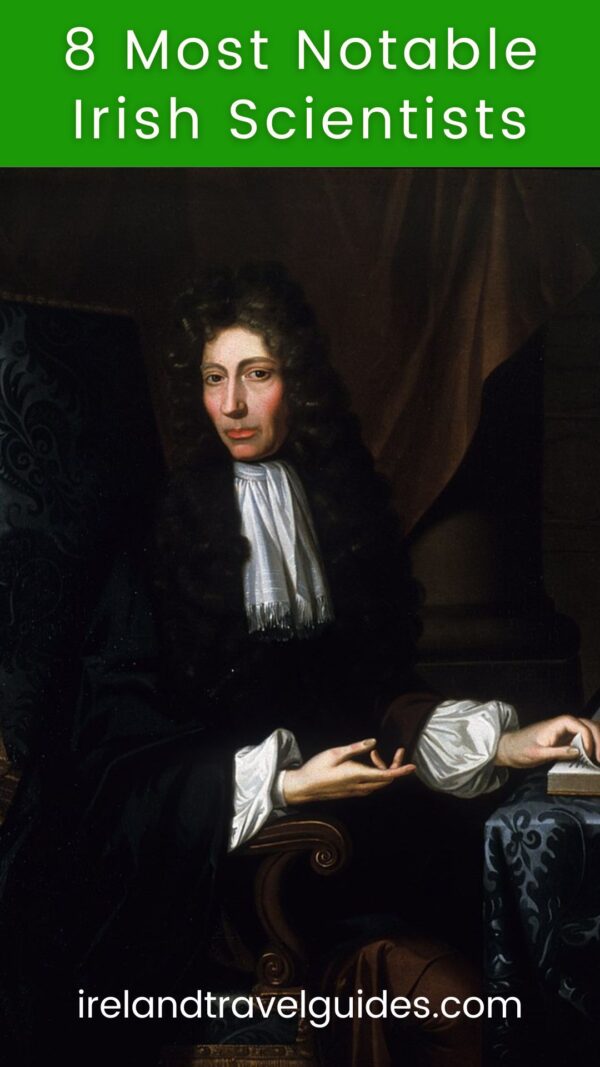
Related Read: Famous Irish People
1. William Rowan Hamilton
Mathematician and physicist William Rowan Hamilton is considered by many to be Ireland’s greatest scientist.
Hamilton made important contributions to mechanics and optics, and his invention of quaternions (a type of mathematical notation) has greatly influenced the field of physics.
Born on August 4, 1805, in Dublin, Ireland, Hamilton showed an astonishing aptitude for mathematics from a very young age. He attended Trinity College Dublin, where he obtained a scholarship at only 14 years of age.
Greatly applauded for his contributions to mathematics during his lifetime, he was given various awards, including the Royal Medal of the Royal Society of London and the Cunningham Medal by the Royal Irish Academy.
Following an extreme attack of gout, William Rowan Hamilton died on September 2, 1865 in the Irish capital.
2. George Johnstone Stoney
Another important Irish physicist is George Johnstone Stoney, who contributed greatly to the fields of atomic and molecular physics. He was the first science professor at the University of Queen’s College Galway and is credited with coining the term “electron” to describe the fundamental unit of electricity.
George Johnstone Stoney was born on February 15, 1826, in Oakley Park, Birr, County Offaly, Ireland. He attended the Trinity College Dublin, where he later became a professor of natural philosophy.
Apart from his work on electrons and gases, Stoney also made significant contributions to the field of the polarization of light as well as the measurement of electric current and the behavior of electrolytic solutions.
His study on the properties of gases, particularly their specific heat capacity, also aided in laying the foundation for the kinetic theory of gases.
After a long illness, Stoney died in London, UK, on July 5, 1911.
3. Jocelyn Bell Burnell
Jocelyn Bell Burnell, an astrophysicist from Northern Ireland, is best recognized for discovering a type of star called pulsar.
Born on July 15, 1943, in Belfast, Bell Burnell grew up in Lurgan, County Armagh, and attended the University of Glasgow, obtaining a bachelor’s degree in Natural Philosophy in 1965.
Bell Burnell went on to pursue a Ph.D. degree in radio astronomy at the University of Cambridge, where she discovered the first of this new type of celestial objects that we now call pulsars. These are highly magnetized circulating neutron stars that emit rays of electromagnetic radiation.
Although this discovery was initially met with doubts, it was soon verified by other scientists and became one of the most important discoveries in astronomy in the 20th century.
Today, Bell Burnell remains an ardent advocate for diversity in science and a staunch supporter of women and minorities in the field. She has also spoken out about how important it is that science become accessible to everyone.
4. Ernest Walton
Irish physicist Ernest Walton was born on October 6, 1903, in Abbeyside, County Waterford. He took up mathematics and physics at Trinity College Dublin.
After graduation, he started collaborating with the British physicist John Cockcroft at the University of Cambridge’s Cavendish Laboratory.
Together, Walton and Cockcroft developed the first particle accelerator, called the Cockcroft-Walton accelerator, which employed high-voltage electricity to split the nucleus of an atom.
Walton and Cockcroft carried out this study in 1932, confirming the concept of nuclear transmutation and leading to the discovery of various new elements. It was the first time that scientists were able to artificially divide an atomic nucleus.
This discovery led to the inception of new technologies, including nuclear power and the atomic bomb.
Walton shared the Nobel Prize in Physics in 1951 with Cockcroft. Later in life, Ernest Walton delved into politics and became a senator of Ireland in 1981. He passed away on June 25, 1995, in Belfast, Northern Ireland.
5. John Tyndall
Irish physicist John Tyndall had significant contributions to the study of diamagnetism, and later making discoveries in the fields of infrared radiation and the physical properties of air, confirming the link between atmospheric carbon dioxide and what we now call the greenhouse effect.
Tyndall was born on August 2, 1820, in Leighlinbridge, County Carlow, Ireland, and studied at the University of Marburg in Germany. He made significant contributions to the concept of glaciers and ice crystal formation. In 1868, he was awarded a knighthood for his contributions to science.
Tyndall’s contributions are not limited to scientific work, however, as he also went on to become a prominent public figure, providing popular lectures on science and technology and serving as president of the Royal Society from 1874 to 1878.
At the age of 73, John Tyndall died from an accidental overdose of chloral hydrate which he had used to treat his insomnia.
6. Robert Boyle
Irish scientists have also made significant contributions to the field of medicine and health. Irish chemist and natural philosopher Robert Boyle is one of the most prominent ones in this field.
Often referred to as the father of modern chemistry, Robert Boyle was a chemist and physicist who had significantly contributed to the study of gases and the nature of matter. He is best recognized for his pioneering work in chemistry as well as his contributions to the progress of the scientific method.
Boyle was born on January 25, 1627, in the Lismore Castle, Lismore, County Waterford, Ireland, into an aristocratic family. He began early in life traveling and studying abroad, becoming interested in chemistry and natural philosophy while studying at Oxford.
Robert Boyle died on December 31, 1691, in London, UK.
7. Vincent Barry
Irish scientist Vincent Barry is best known for leading the team that developed clofazimine, a drug used in the treatment of leprosy.
Born on May 17, 1908, in Sunday’s Well, County Cork, Ireland, Barry earned a scholarship at University College Dublin, graduating with the highest honors in organic chemistry.
Working to develop drugs against leprosy and with The Leprosy Mission in India and Zimbabwe, Barry and the team of scientists from Trinity College Dublin went on to discover clofazimine and were awarded the UNESCO Science Prize for their work in 1980.
Vincent Barry died on September 4, 1975 in Cork.
8. Nicholas Callan
Nicholas Callan was an Irish priest and physicist, noted for inventing the induction coil that was used in early telegraphy and is still being used in some electronic devices today.
Born on December 22, 1799, in Darver, County Louth, Ireland, Nicholas Callan was an altar boy and Mass server, later starting his priesthood at Navan seminary.
In 1816, he attended St. Patrick’s College in Maynooth, where he studied natural and experimental philosophy during his third year. He demonstrated a special interest in electricity and magnetism.
Callan was ordained a priest in 1823. In 1834, he began teaching natural philosophy and two years later started on the invention of the induction coil.
Callan is recognized as one of Ireland’s most important scientists from the 19th century.
Today, his induction coil is still used not only in telecommunications but medical equipment and scientific research as well.
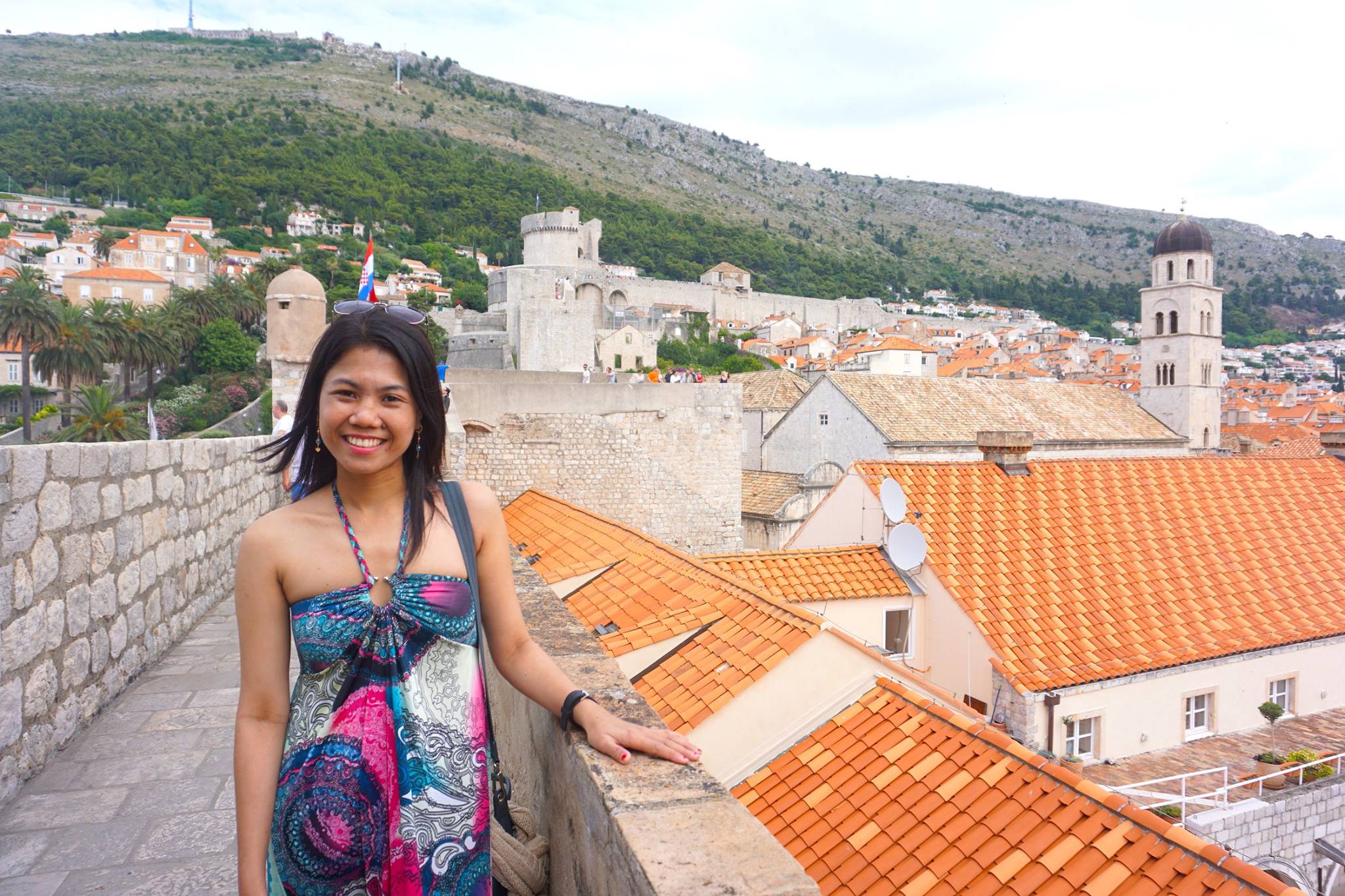
Hi, I’m Christine – a full-time traveler and career woman. Although I’m from the Philippines, my location independent career took me to over 60 countries for the past 12 years. I also lived in 4 continents – from the Caribbean, South East Asia, Africa and now in Europe. But despite living in several countries, my love for Ireland remains the same. A country that had been a part of my life since I was 14 because of my love for Irish music and bands. Ireland Travel Guides was born because of this passion and hopefully, in some little ways, this website will be able to help you on your next trip to Ireland.
